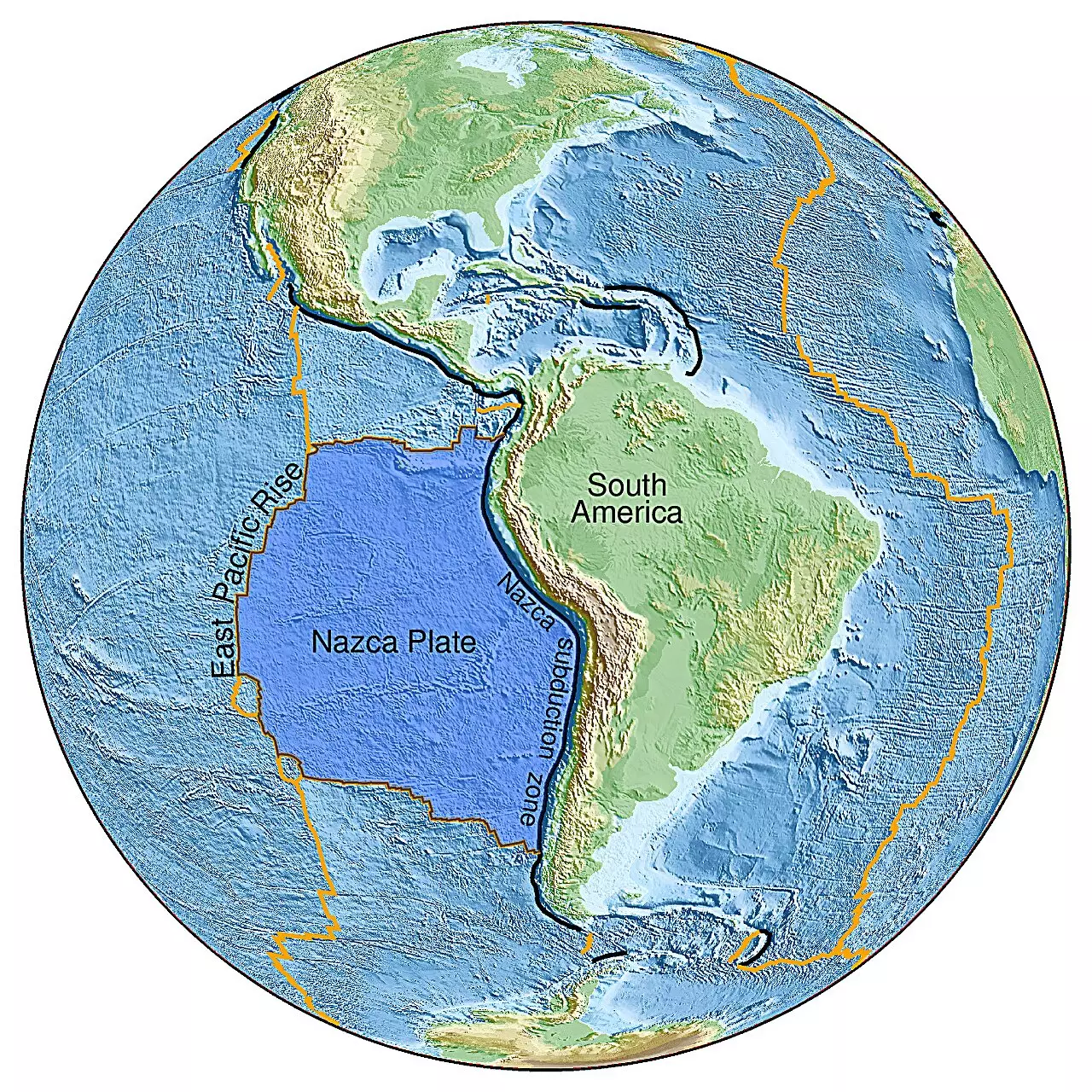Recent scientific findings from the University of Maryland have the potential to revolutionize our understanding of Earth’s geological history. A dedicated team led by postdoctoral researcher Jingchuan Wang has uncovered compelling evidence of an ancient seafloor that apparently sank into the Earth’s mantle an astounding 250 million years ago. This groundbreaking research, published in the esteemed journal *Science Advances*, challenges long-standing theories regarding the structure and dynamics of our planet’s interior.
The research was conducted at the East Pacific Rise, which is a tectonic plate boundary situated along the floor of the southeastern Pacific Ocean. This relatively unexplored area provides crucial insights into the historical evolution of Earth’s surface. By utilizing advanced seismic imaging techniques, Wang and his team have gained unprecedented access to the Earth’s mantle—the layer sandwiched between the crust and the core. Their investigation focused specifically on the mantle transition zone, a band of the mantle located approximately 410 to 660 kilometers beneath the Earth’s surface. Here, they discovered a thickened region that raises new questions about the mechanics of subduction—the process by which one tectonic plate is pushed beneath another.
Seismic imaging can be likened to a CT scan for Earth. It allows scientists to visualize the structures within the planet’s interior in a comprehensive and layered manner. Unlike conventional geological studies that often rely on surface rock samples and sediments, this innovative technique enables researchers to gauge what lies beneath the ocean floor. Wang’s findings are particularly significant because they reveal that ancient oceanic slabs, typically believed to be completely consumed back into the mantle, may still have lingering remnants deeper within.
According to Wang, the thickened layer they identified seems to reflect a “fossilized fingerprint” of an ancient seafloor. The implications of this discovery are far-reaching, suggesting that the LLSVP (Pacific Large Low Shear Velocity Province)—an enormous feature in the lower mantle—has been partly shaped by this ancient slab of oceanic crust. This points to an intricate relationship between deep Earth structures and surface geological phenomena, which have not previously been understood.
One of the most surprising aspects of the research was the observation that the material in this zone is transitioning much more slowly than earlier models predicted. This unexpected slowness, noted by Wang, indicates that the mantle can act as a barrier, impeding the downward movement of some oceanic slabs. The previously unrecognized thickness of this region suggests the presence of colder materials, hinting at the possibility that certain tectonic plates may become “stuck” as they sink.
This discovery has significant implications for our understanding of how Earth’s deep interior influences surface geology and the long-term behavior of geological processes. Wang stated, “Our findings highlight the complexity of material movement in the Earth’s interior, raising new inquiries about how these deep structures affect the geology we observe on the surface.”
Future Research Directions
The implications of this study extend beyond the East Pacific Rise. Wang and his team aim to broaden their research to examine additional areas across the Pacific Ocean and potentially even further afield. By creating a more detailed map of ancient subduction zones as well as regions where subducted material transitions back to the surface, they hope to uncover valuable insights into the dynamic processes that shape our planet.
The newly acquired seismic data will facilitate improvements in existing models of tectonic movements throughout Earth’s extensive history. As Wang enthusiastically expressed, “This is merely the beginning.” The team strongly suspects that many other ancient deep-Earth structures remain undiscovered, waiting to be explored.
This pioneering research not only challenges traditional paradigms in geology but also deepens our understanding of Earth’s complex dynamic nature. As the University of Maryland team continues to explore the depths of the planet, their groundbreaking findings promise to unveil further mysteries of our world’s geological past, ultimately leading us to a more nuanced appreciation of how the foundations of our planet have evolved over millions of years. The tantalizing prospect of uncovering more secrets buried in Earth’s mantle only adds to the excitement of future research endeavors.



Leave a Reply